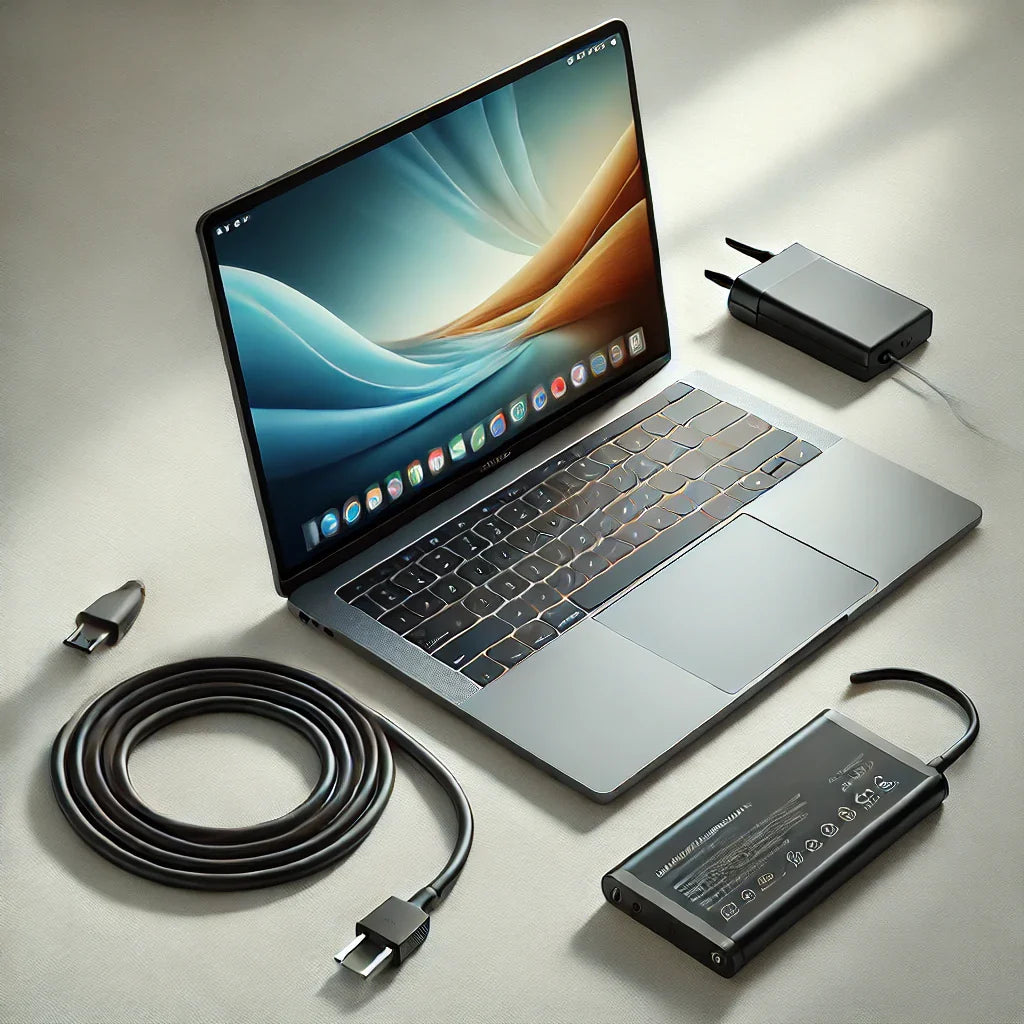
How to Make Your Battery Last Longer on Your Laptop: Expert Tips and Tricks
Share
A laptop’s battery life can make or break your day—especially when you’re on the go or relying on your computer for an important project. While modern batteries are designed to last longer and handle numerous charge cycles, following a few best practices can significantly extend their lifespan. In this blog, we’ll explore optimal charging habits, recommended charge percentages, and other simple tips to help you get the most out of your laptop battery.
1. Aim for the “Sweet Spot” in Charging Percentages
Modern lithium-ion batteries don’t like extremes. Keeping your battery’s charge between 40% and 80% is often considered the ideal range for longevity. By not allowing the battery to drain fully and avoiding constant 100% charges, you reduce the stress on the battery cells. If you’re working near an outlet, consider unplugging around 80% and recharging before dipping too low below 40%. Many laptops now have built-in software settings that let you cap the charging limit to help maintain this range automatically.
2. Avoid Frequent Full Discharges and Overnight Charges
While a full discharge may be necessary for occasional calibration, doing this frequently can degrade the battery faster. If you can, avoid running your laptop down to 0%. Likewise, leaving your laptop plugged in at 100% for long periods (such as overnight) can also strain the battery over time. Once it’s fully charged, it’s best to unplug to maintain a healthier charge cycle.
3. Keep an Eye on Temperature
Heat is one of the biggest enemies of battery life. Laptops are prone to overheating, especially if used on soft surfaces like blankets or pillows that block airflow. Use a cooling pad or ensure you’re working in a well-ventilated area to prevent your device from getting too hot. Conversely, extremely cold environments can also affect battery performance. Aim to keep your laptop in moderate, stable temperatures whenever possible.
4. Use Power-Saving Modes and Optimize Settings
Both Windows and macOS offer power-saving or battery modes to help you preserve energy. When you switch to these modes, your laptop will often dim the screen, reduce background processes, and optimize the CPU performance to draw less power. Turning down screen brightness, disabling keyboard backlighting when not needed, and closing unused apps are also quick ways to conserve battery juice throughout the day.
5. Calibrate Your Battery Occasionally
Occasional battery calibration—fully charging, then discharging to near zero, and then fully recharging—helps the system accurately gauge battery health and percentage readings. However, this should not be done regularly, as it’s stressful on the battery. A calibration once every couple of months is generally sufficient, especially for older laptops that struggle to provide accurate battery estimates.
6. Update Your Software and Manage Background Apps
Staying up-to-date with your operating system updates and software patches can optimize how your laptop uses power. Uninstall or disable startup programs and unnecessary background apps to prevent them from constantly running and draining your battery. Keeping your system lean and well-optimized can give you extra minutes—if not hours—of usage.
7. Invest in Quality Cables and Adapters
Using original or certified charging accessories ensures that your battery gets a stable and consistent current. Low-quality or counterfeit chargers can damage both your laptop’s battery and internal components. If you need a replacement charger, look for one that matches the voltage and amperage specifications recommended by your laptop manufacturer.
Final Thoughts
The secret to making your laptop’s battery last is consistency. By maintaining a 40%–80% charge range, paying attention to temperature, and applying some simple power-saving strategies, you can extend your battery’s overall lifespan. These small changes can have a significant impact on the health of your laptop’s power source—so you can work, create, and enjoy entertainment without worrying about running out of juice.
With a little proactive care and mindful usage habits, you’ll find your laptop’s battery remaining strong and reliable for the long haul. Happy computing!
